The ability to perform natural behaviour is also a major concern of welfare as in some regards, it directly affects the affective state of the animal. Due to restrictions of space and limitations of equipment/substrates, hens are unable to carry out a wide range of natural behaviours (Bulmer and Gill, 2008) such as:
- Scratching
- Preening
- Wing flapping/dust bathing
- Body shaking
- Feather rising
- Nesting
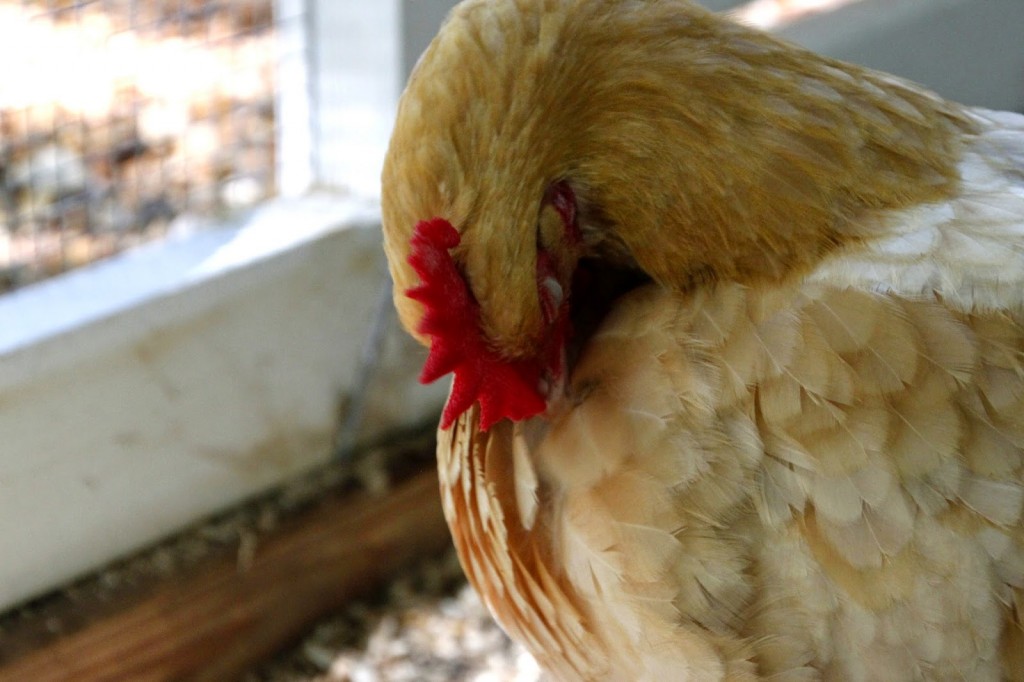
Source: Tilly’s Nest
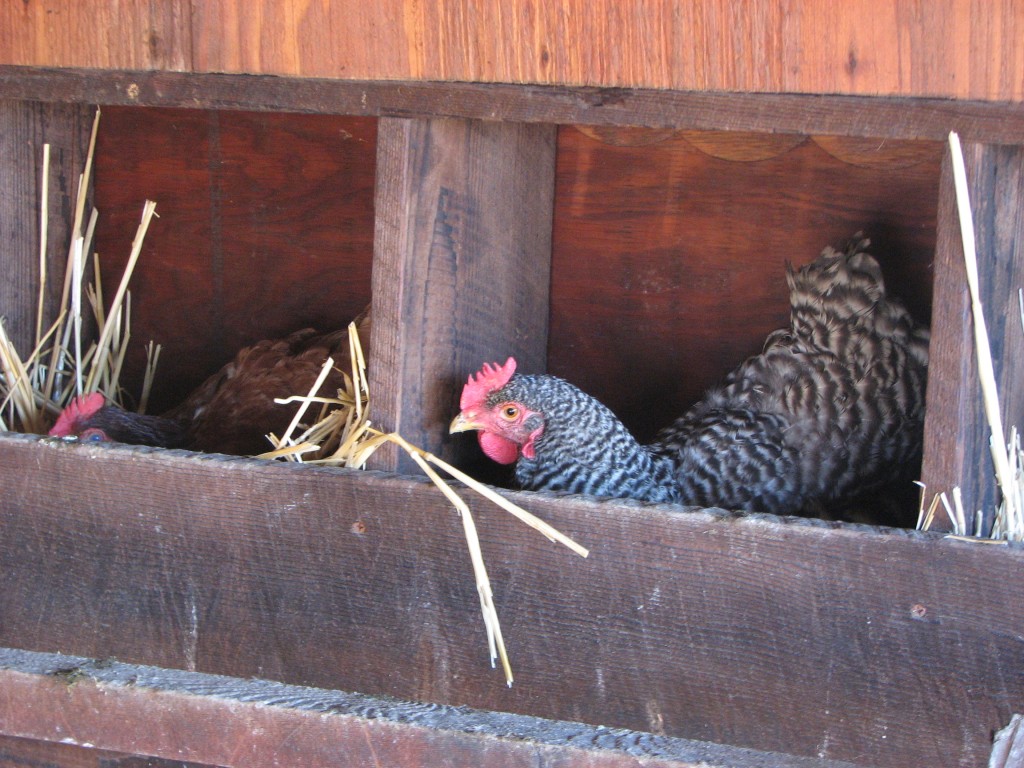
Source: Treats for Chicken
Cooper and Albentosa (2003) suggest that ground scratching, preening, and wing flapping are valued activities that are impaired by the high stocking densities in battery cages which make it physically impossible for birds to exhibit these behaviours due to lack of space. Additional comfort activities include body shaking and feather rising which are also not permitted by space (Nicol, 1987; Keeling, 1994). In a barren battery cage, laying hens are not able to demonstrate their natural behaviour of laying in a nest. Appleby et al. (1993) found in their study that almost all eggs (95 to 100%) were laid in nest boxes when provided.
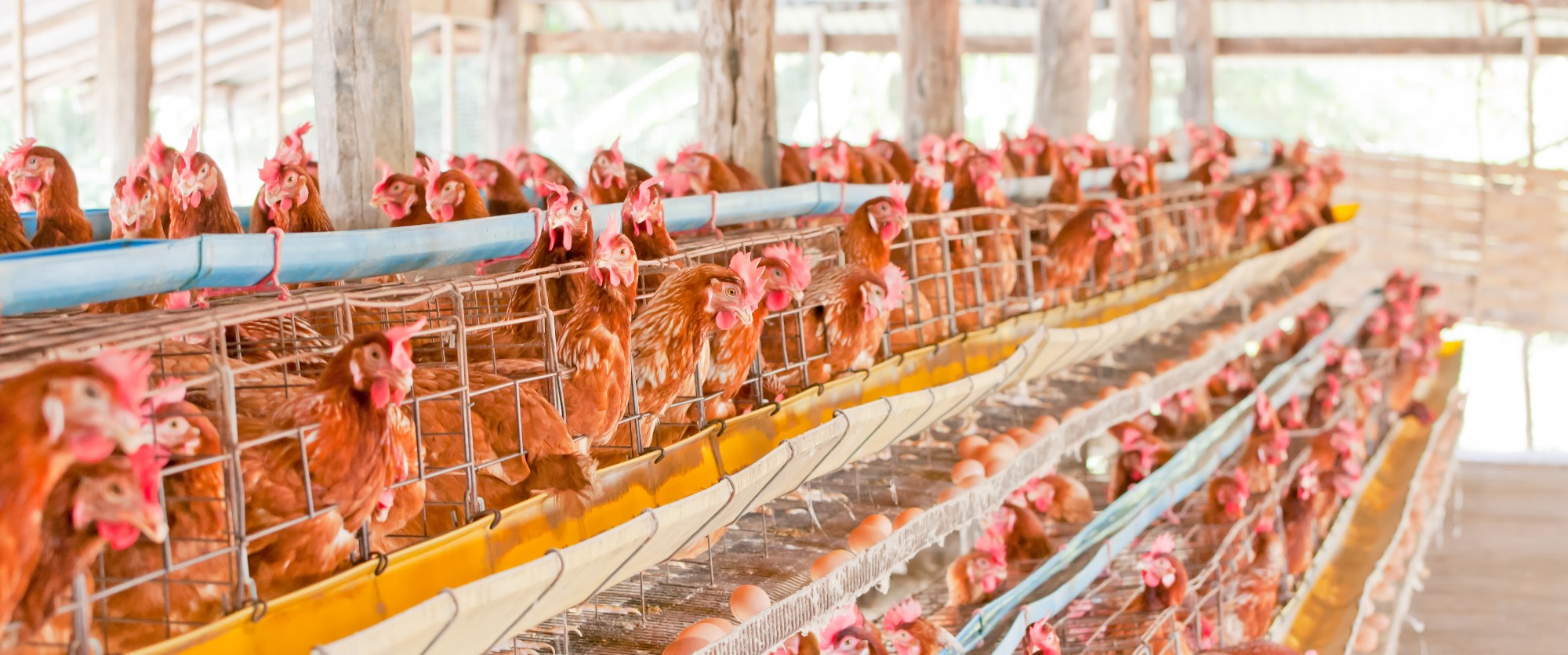
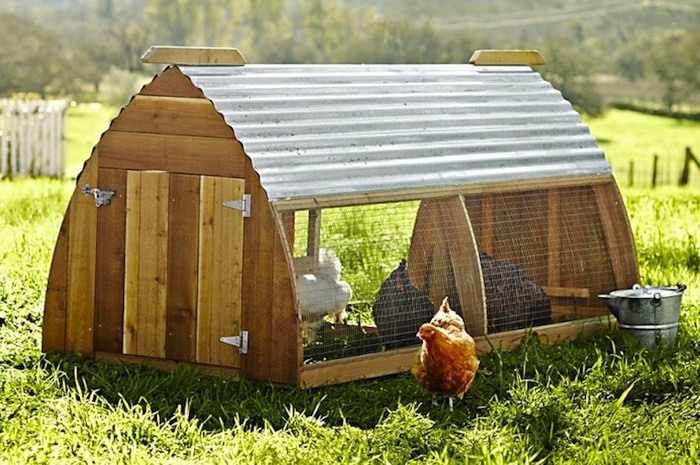 Source: Home Ecology
Source: Home Ecology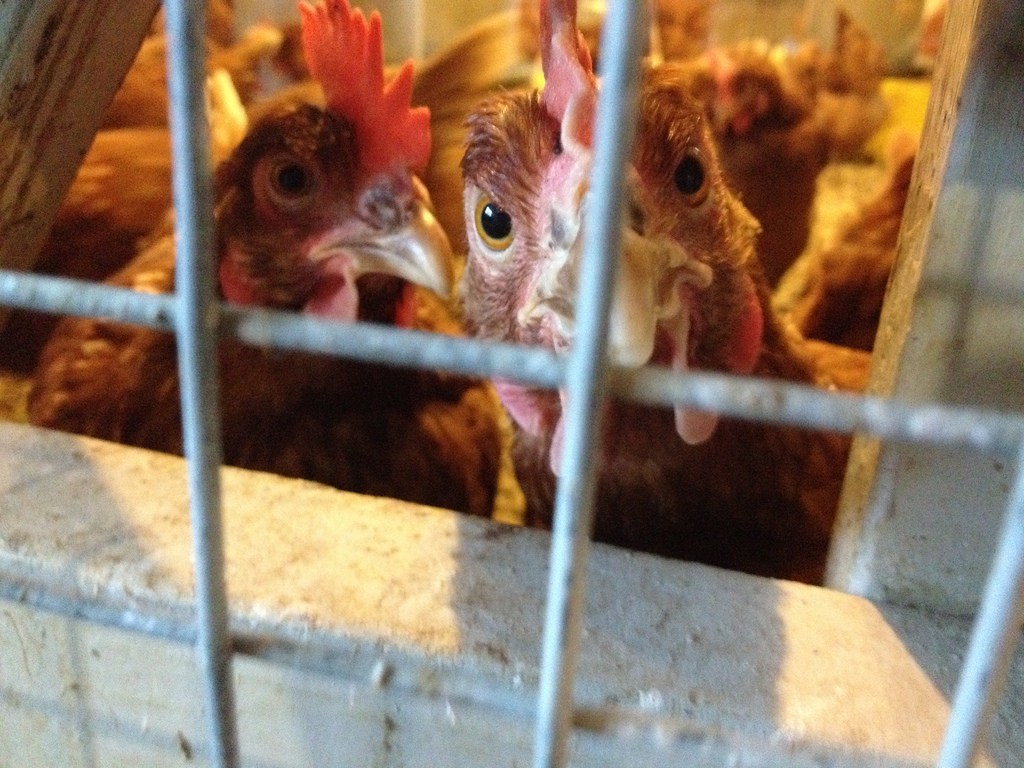 Source: Sonin, J. (Photographer). (2012, January 29). Eye to eye [digital image]. Retrieved from: https://flic.kr/p/bkGdLM
Source: Sonin, J. (Photographer). (2012, January 29). Eye to eye [digital image]. Retrieved from: https://flic.kr/p/bkGdLM